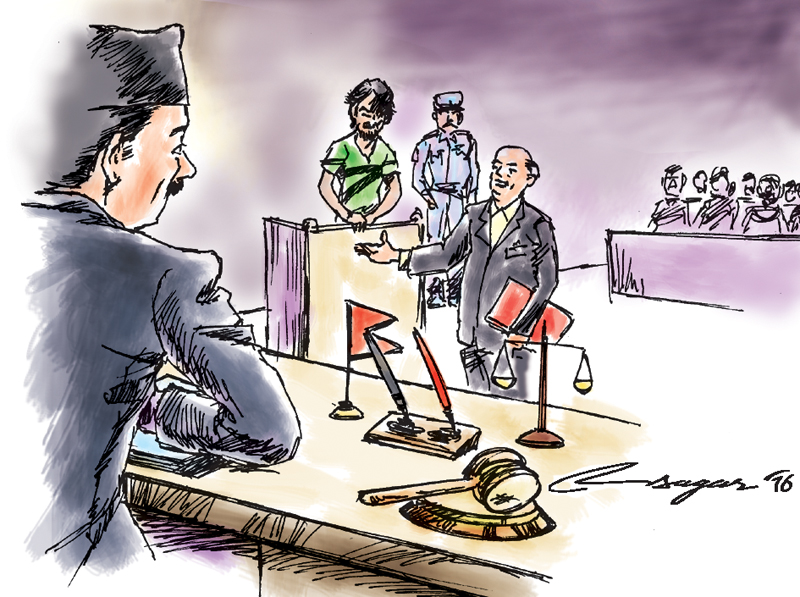Very few interested in judicial service
Going by data, it’s clear judicial service is not preferred by job aspirants
Kathmandu, January 19
Data of applicants for gazetted third class judicial service posts and the rate in which vacancies are filled show that few aspirants are attracted to judicial service posts. The latest data also shows that large number of seats, particularly the reserved seats, remain unfilled.
While thousands apply for one post, very few apply for judicial service posts.
According to the Judicial Council’s latest bulletin, among candidates recommended by the Public Service Commission in September 2018, out of 86 gazetted third class seats, including 39 open category and 47 reserved seats, only 61 were filled. Twenty-five seats remained unfilled. Out of seven clusters only seats allocated for the open category and women’s cluster were filled. There were 39 seats under the open category for which 53 candidates appeared in the written exam out of which 39 were selected. There were 28 seats reserved for women for which 28 candidates appeared in the written exam and 14 cleared the exam.
Recent data shows that only 148 people appeared in the written exam held for 86 seats. The JC data also shows that out of 14 seats under the cluster of indigenous nationalities, only three were filled and 11 remained unfilled. More worrisome was the result for Madhesis. Out of 10 seats reserved for Madhesis, only five persons appeared in the written exam and only three cleared the test. Out of six seats reserved for Dalits, only two appeared in the written exam and only one cleared the exam.
According to JC data, officer level seats were never filled in the last six years. In 2012-13, there were 39 vacancies for gazetted third class seats under the open category, but only 36 seats were filled. In 2013-14, only 54 seats out of 106 under the open category were filled. Out of 133 seats advertised in the open category in 2014-15, only 47 were filled. There were 141, 129 and 86 seats under the open category in 2015-16, 2016-17 and 2017-18 respectively, but only 48, 80 and 61 seats were filled in the respective years. In all these years, the number of candidates appearing in written exams never exceeded 148.






